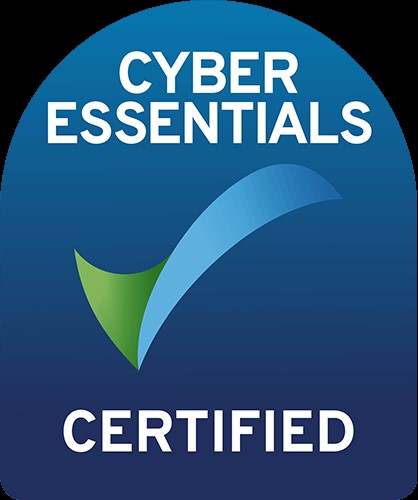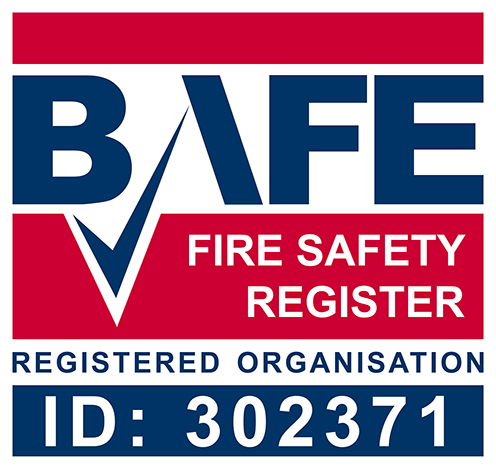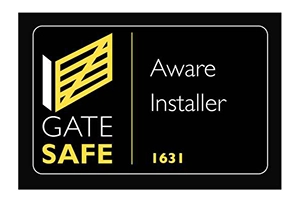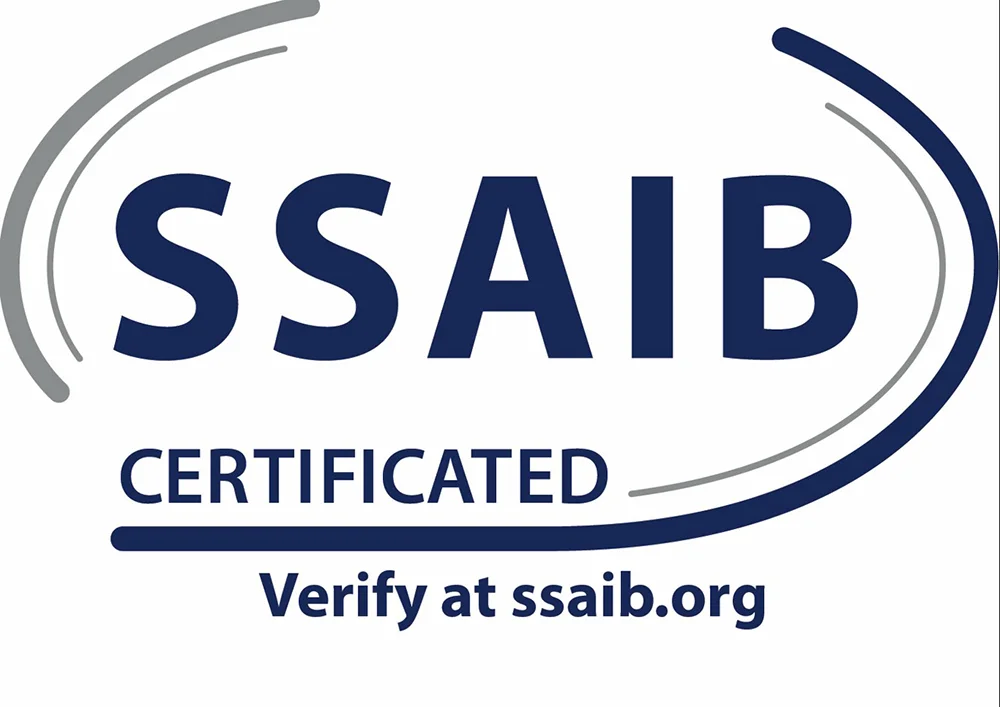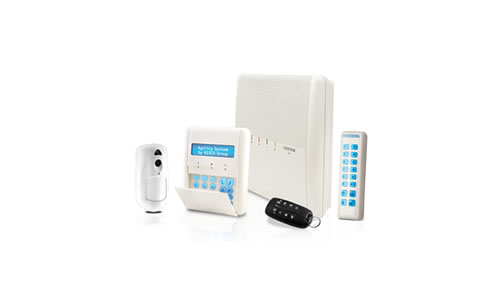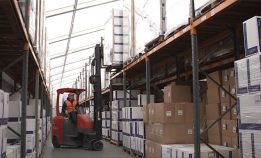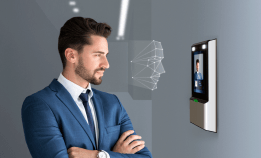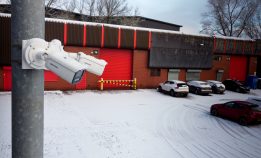
Home Security Systems
As security and surveillance experts with over 20 years experience, we offer homeowners comprehensive guidance of how to secure their properties, giving you the peace of mind that your home is protected 24 hours a day, 365 days of the year.
Combining industry-leading technology with practical application, our SSAIB approved home security solutions are installed to British Standards and provide around the clock protection and complete peace of mind.
Due to our use of wireless technology, security system installation is swift, tidy and affordable. It also means you’re able to look in, configure and control your house alarm system from anywhere at any time.
Offering customers a range of additional upgrades, your Protive home security solution can be integrated with smoke detectors, window units, outbuildings and even the Police.
We also offer clients ongoing service and maintenance contracts to make sure your home alarm systems are working optimally and any changes you would like to make, carried out by professionals.

